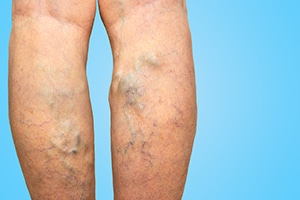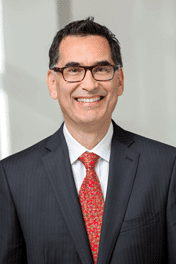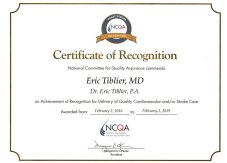What Are Varicose Veins

What Are the Symptoms of Varicose Veins?
Varicose veins may not cause any pain, some visual signs you may notice are:
- Swelling
- Veins that are dark purple or blue in color
- Veins that appear twisted and bulging; often like cords or ropes on your legs
When painful signs and symptoms occur, they may include:
- An achy or heavy feeling in your legs
- Burning, throbbing, muscle cramping and swelling in your lower legs
- Worsened pain after sitting or standing for a long time
- Itching around one or more of your veins
- Bleeding from varicose veins
- A painful cord in the vein with red discoloration of the skin
- Color changes, hardening of the vein, inflammation of the skin or skin ulcers near your ankle, which can mean you have a serious form of vascular disease that requires medical attention
What Causes Varicose Veins?
Arteries carry blood from your heart to the rest of your tissues. Veins return blood from the rest of your body to the heart so that the blood can be recirculated. To return the blood to your heart your veins have to fight gravity. As you get older your veins can lose elasticity, causing them to stretch. The valves in your veins that keep the blood from moving backward may become week. This allows blood that should be moving toward your heart to flow backward. As this happens blood pools in your veins and they swell becoming varicose. These veins appear blue because they contain deoxygenated blood. Varicose veins can also occur during pregnancy. Pregnancy increases the volume of blood in your body but decreases the flow of blood from your legs up. This circulatory change is designed to support the growing fetus but can also produce an unwanted side effect in varicose veins.
How Can I Prevent Varicose Veins?
There is no way to completely prevent varicose veins. But improving your circulation and muscle tone can reduce your risk of developing varicose veins or getting additional ones. The same measures you can take to treat the discomfort from varicose veins at home can prevent varicose veins, including:
- Exercising
- Watching your weight
- Eating a high-fiber, low-salt diet
- Avoiding high heels and tight hosiery
- Elevating your legs
- Changing your sitting or standing position regularly
Can You Treat Varicose Veins?
We offer two treatment options which both offer great results for the treatment of varicose veins.
- Endovenous Laser Treatment (EVLT): Endovenous laser treatment or EVLT for short is a process that uses a precise laser light to seal the valve of any veins and cause them to empty and collapse. This method is effective on varicose veins and leave very little downtime afterwards.
- Sclerotherapy: Sclerotherapy is one of the more widely recognized and recommended treatments for spider veins. However, it can also work with smaller varicose veins that have not swelled too much. It involves the injection of a specialized solution into any spider veins causing them to become sealed and to fade away.


